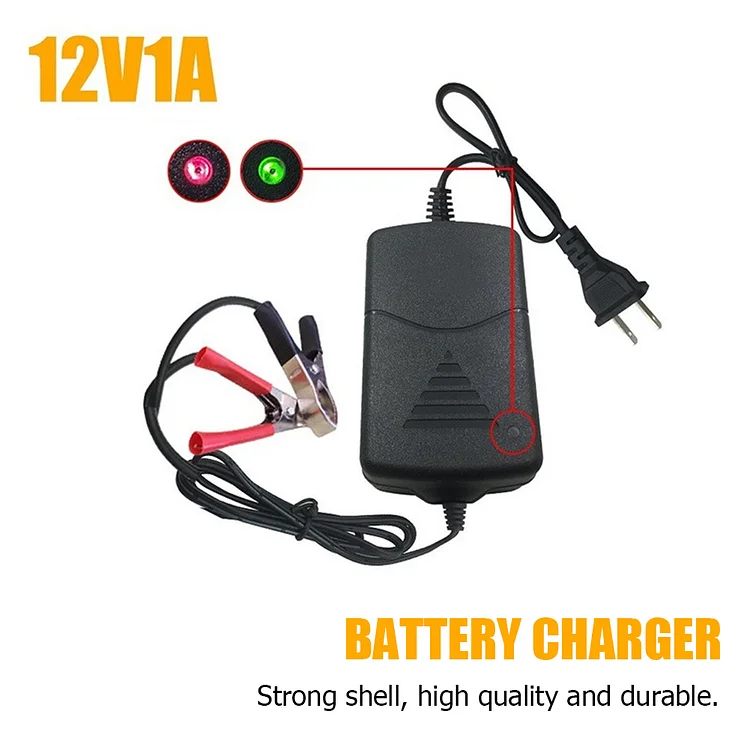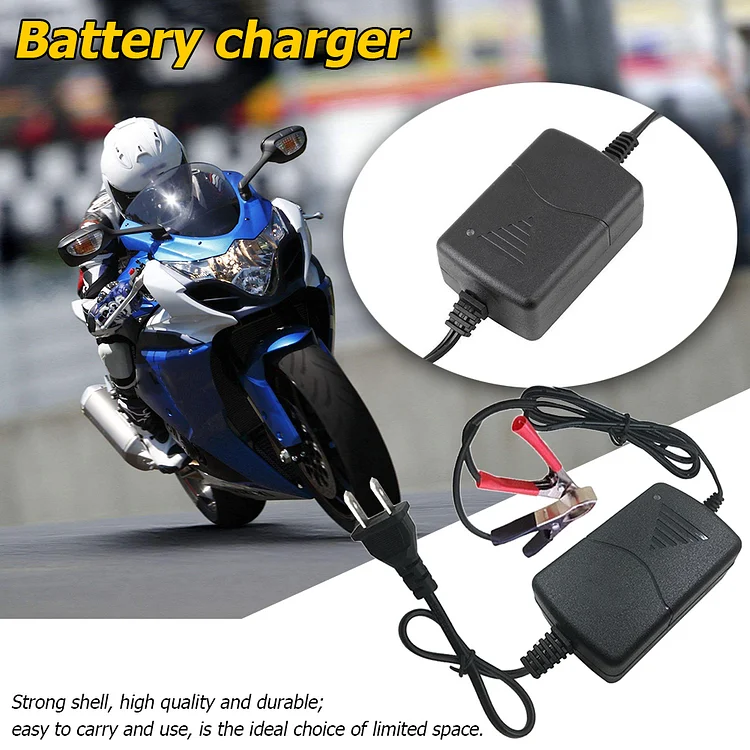How to Use a Trickle Charger on Your Car Battery
If you own a car, it’s likely your lifeline to getting to and from work. The battery is constantly being charged. Other vehicles, however, are more accustomed to hobby work. They sit in a garage for most of the year. Keeping these batteries charged is more of a challenge. Your power solution resides with the trickle charger. Learn how to use a trickle charger for your car so that it’s always ready to go when you are.


1. Set the Power Specifications
Although a car battery is relatively standard when it comes to power specifications, it’s always ideal to verify the voltage and amperage exiting the charger before any connections are made. Use the switches and buttons on the trickle charger in order to set it to the exact numbers found on the car battery.
Set the values to the middle of the range reported on the battery. Any fluctuations can still be within a safe area. Overcharging a battery leads to damage and possible fire because of the chemical reactions involved, reports Battery University.
2. Position Your Vehicle
The vehicle cannot be moved once you connect car battery trickle charger components together. Decide on a permanent position for the vehicle. It might be located in a carport or garage.
Be aware that some fumes will emanate from the system during the trickle process. This fact is entirely normal. However, the fumes cannot be concentrated in an enclosed space. Verify that the vehicle’s area has some ventilation to avoid any flammable hazards.
3. Ground the Charger
If you’ve ever tested a car battery before, you understand the importance of ground. This negative side of the circuit provides a pathway for an electrical surge if one is present. In essence, it’s a safety mechanism for any battery.
You need to ground the charger before hooking it up to the battery. A grounding clip is typically included with the power source. Attach it to a clean section of the vehicle’s frame. You’ll need to investigate the undercarriage in this case. An appropriate ground will reduce the risk of electrical issues during the trickle process.
4. Clip the Connectors Onto the Battery
Locate the red and black alligator clips hanging from the charger. Hold the red clip, and attach it to the positive terminal on the battery. Verify that the clip has a good hold on the terminal. It shouldn’t feel loose or look precarious.
Connect the black clip to the negative terminal on the battery. Evaluate its tight connection too. Do not touch any part of the wire or battery at this point. The power that’s about to go through the components will offer a long life to the battery without any shorts, reports Autotrader.
5. Plug Into Power
The entire system should be stable enough to plug into power now. Verify that the charger is set to the off mode. You don’t want to start the power-up process just yet. Carefully connect the charger’s power cable into a nearby outlet. Take a last look at your setup. Every connection should be tightly in place.
Switch the charger on at the control panel. Your set voltages and amperage should light up too.
6. Watch the Setup
Observe the charger and battery. There should be no indication that power is flowing, such as sparks or heat. A trickle charge should act just like its description. A small amount of power will constantly flow to the battery as the car remains in storage.
During the first week of charging, keep an eye on the system. If everything looks normal and safe, a check every month or so is practical. Your battery will have a full charge whenever you’re ready to pull the car out again.
